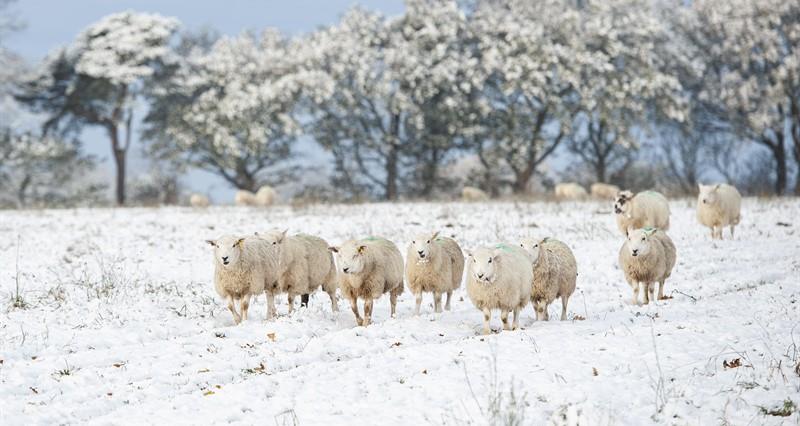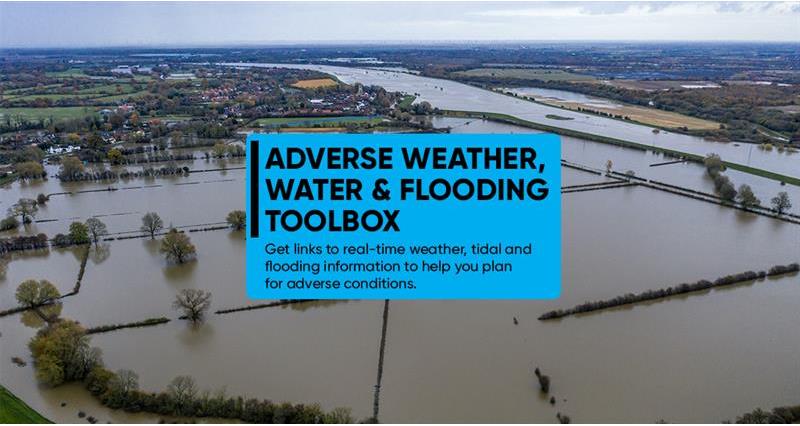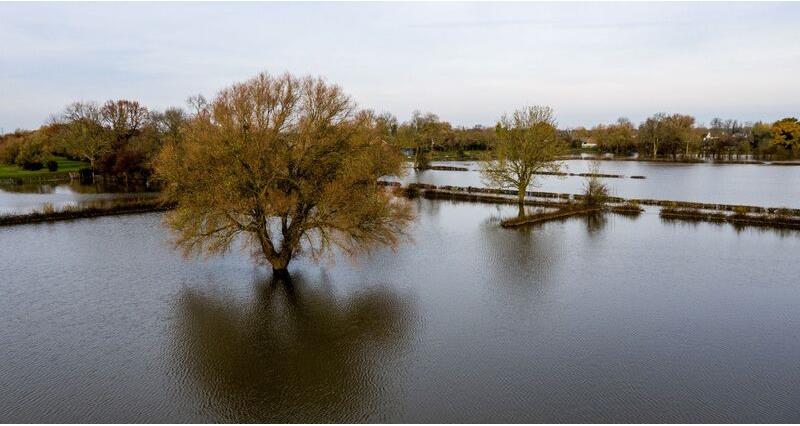Slips and trips become much more common in the autumn and winter months for a number of reasons.
It is important to make sure that all walkways on farm are safely maintained. Ice, frost and snow, gritting, rain water, wet and decaying leaves and lighting should all be considered.
6 steps to reduce risk of slips
1. Identify at risk areas
Identify the outdoor areas most likely to be affected by ice, for example: building entrances, farmyards, walkways, shortcuts, sloped areas and areas constantly in the shade or wet.
2. Monitor the temperature
Prevention is key. Take action whenever freezing temperatures are forecast. Keep up to date by visiting a weather service site, such as the Met Office or National Highways.
3. Smart signs
There are smart signs on the market, available to buy at low cost, which display warning messages at low temperatures.
Advice for lone workers
Owing to increased risks associated with snow and ice, lone working should be avoided.
If lone working is required, use apps such as What3Words, Whatsapp location sharing, or utilise neighbours to check in on each other.
4. Procedure
Put a procedure in place to prevent an icy surface forming and/or keep workers off the slippery surface.
5. Cover walkways
Use grit or similar, on areas prone to be slippery in frosty, icy conditions. Consider covering walkways with an arbour high enough for people to walk through, or use an insulating material on smaller areas overnight.
6. Barriers
Divert walkways to less slippery paths and barrier off existing ones. If warning cones are used, remember to remove them once the hazard has passed or they will eventually be ignored.
Advice for gritting
Rock salt (plain and treated) is the most commonly used ‘grit’ and it is the substance used on public roads by the highways authority. Salt can stop ice forming and cause existing ice or snow to melt. It is most effective when it is ground down.
Gritting should be carried out when frost, ice or snow is forecast, or when walkways are likely to be damp or wet and the floor temperatures are at, or below freezing. The best times are early in evening before the frost settles and/or early in the morning before employees arrive. Salt doesn’t work instantly; it needs sufficient time to dissolve into the moisture on the floor.
If you grit when it is raining heavily the salt will be washed away, causing a problem if the rain then turns to snow. Compacted snow, which turns to ice, is difficult to treat effectively with grit. Be aware that ‘dawn frost’ can occur on dry surfaces, when early morning dew forms and freezes on impact with the cold surface. It can be difficult to predict when or where this condition will occur.
Advice for preventing slips caused by rain water:
- Discourage people from taking shortcuts over grass or dirt, which are likely to become slippery when wet.
- Consider converting existing shortcuts into proper paths.
- Many slip accidents happen at building entrances as people entering the building walk in rainwater. Fitting canopies of a good size over building entrances and in the right position can help to prevent this.
- If a canopy is not a possibility, consider installing large, absorbent mats or even changing the entrance flooring to one which is non-slip.
- On new sites, before laying paths, think about how pedestrians are likely to move around the site. Putting the path in the right place from the start may save you money in the long term.
- When fitting external paved areas, ensure that the material used will be slip resistant when wet.
Advice for preventing slips caused by leaves:
- Fallen leaves that become wet or have started to decay can create slip risks in two ways; they hide any hazard that may be on the path or they themselves create a slip risk. Put in place a procedure for removing leaves at regular intervals.
Lighting
- Make sure there is enough lighting around your workplace for you and your workers to be able to see and avoid hazards that might be on the ground. Ask your staff where they think the greatest risks lie.
- Shadow your employees for a couple of days, walk the main internal and external routes that they use. Do this both inside and outside of the workplace, as the effect of light changes during the day. If you can’t see hazards on the ground you will need to improve the lighting with new lights or by changing the type of bulb.
For more information on reducing the workplace risks of slips and trips during wintry conditions, visit the HSE website.


